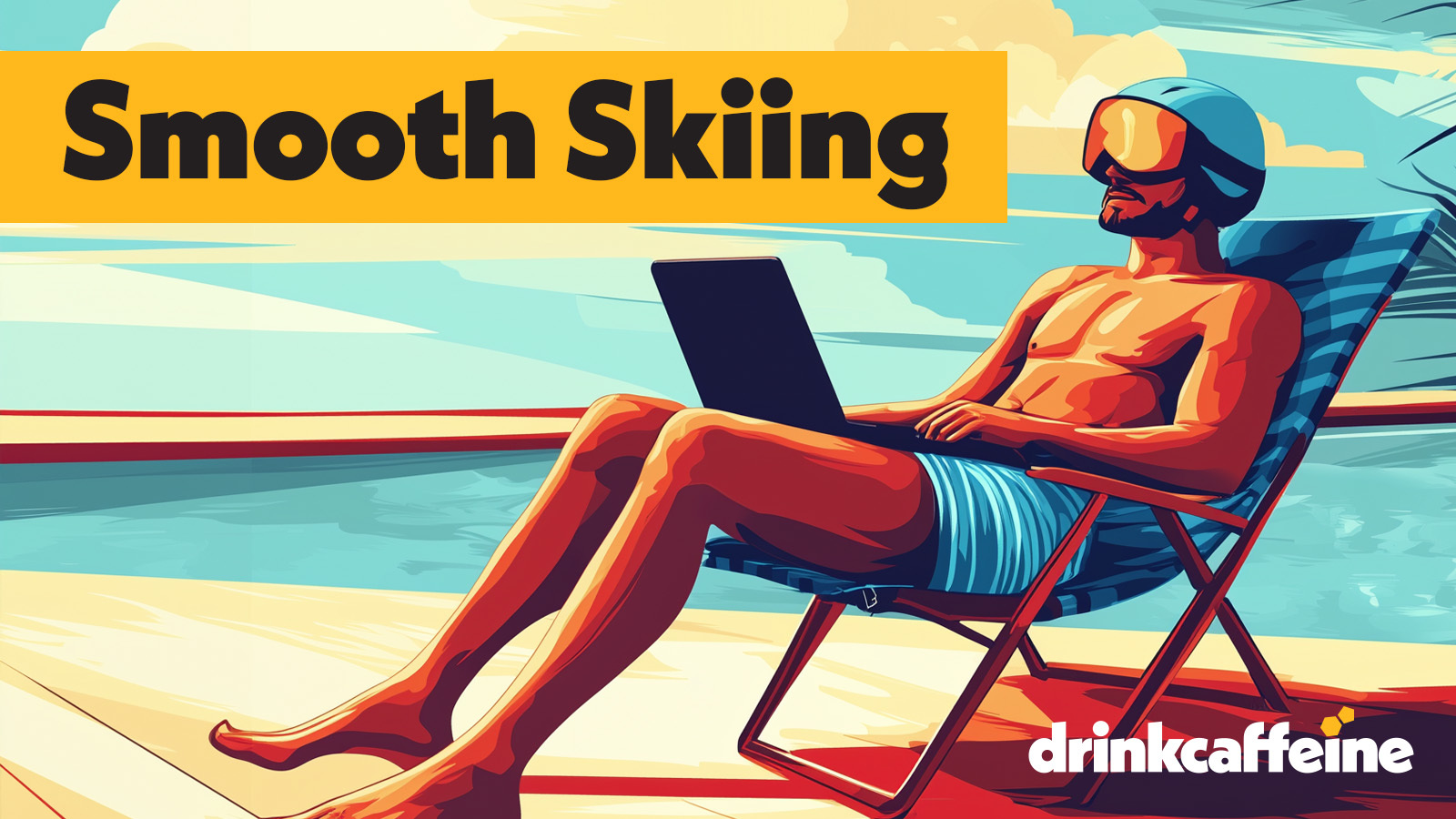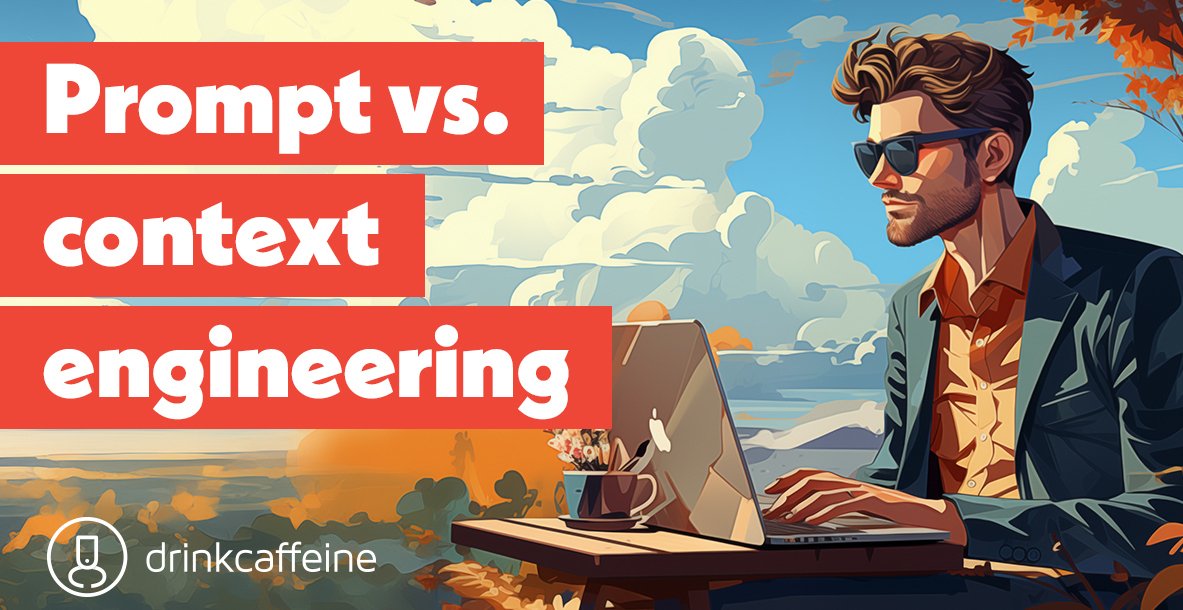Reminder to ski resort marketers and decision makers: Noah built the ark before it rained. So, in the interest of good planning, we thought we’d remind you of 5 tasks to handle before it starts to snow.
1 – Audit website ecommerce
Ecommerce audit. Assess the UX for your 5 most important types of transactions.
Example:
-
- Lift Tickets/Passes
- Lodging/Accommodations
- Ski school
- Rentals
- Off-slope activities
Mobile audit. Repeat your audit for small screen performance.
Reminder: Speed (or lack thereof) is the #1 culprit in ski resort cart abandonment

2 – Refresh and update your message
Home page. When was the last time your home page messaging changed? Consider drafting 3 new headlines.
Brand copy. Assuming your home page has text to introduce the resort, update your messaging.
Hero images. While you’re at it, select 3 new “hero” images for the home page and key landing pages.
Extra credit: Make sure your branding and main messages carry down to the 5 most important pages.
For Example:
-
- Snow Report/Conditions
- Lift Tickets/Passes
- Trail Map
- Lodging
- Lessons
Brand content updates are like good housekeeping. You’ll look better and feel better when it’s done.
3 – Create a template for video snow reports
Create a branded video intro and outro for snow reports – it will speed assembly of video content.
Format: Horizontal or vertical? Landscape format for video content has been the industry standard for a long time.
Why:
-
- Wider field of view allows more background. Also provides room for on-screen text.
- Landscape format is slightly more stable because width allows for some movement.
- Most resorts accept landscape as the industry standard and a lot of editing software is designed for horizontal content.
But vertical (aka portrait) format videos have their own argument:
-
- Vertical format video delivers content more naturally in mobile viewing – no screen rotation.
- It’s often used by today’s creators/influencers because the vertical format occupies more screen. It’s personal and immediate.
- It’s more common in social media and skews younger.
Recommendations: Examine what percentage of inbound traffic originates from mobile devices versus desktop. For reference: Our ski clients average 70%+ site traffic from mobile devices. So, while landscape format may produce a superior aesthetic experience, portrait formatting fits user needs better.
Prepare now and when the season starts you’ll have what you need.
4 – Update content for beginners
Update your content for beginners:
-
- Videos.
- Blogs.
- 1st Timer Packages.
- Social posts.
Feature snowboarding as much as skiing. Locally, you know your markets best, but nationally, both are still growing among beginners.
Balance lesson promotion with messages about Green trails and TBL for Gen Z skiers and riders who want to DIY.
NOTE: Google Pmax ads have been highly successful in attracting 1st timers.

5 – Lay the groundwork for SEO/Local Search
Is your site optimized for mobile? This is essential #1.
Identify your keywords early. Optimize existing website content if needed.
Draft new content. For example: Blog posts, guides, landing pages that include dominant keywords in headlines, and 1st and last paragraphs of copy. Include local search terms.
Mix your content: Some should be seasonal, like resort tips, gear suggestions, and trail updates. Some should be a bit more evergreen: Stories about resort history and tradition, instructor profiles, and local area guides.
GMB. Make sure your Google My Business profile data is current. Same with TripAdvisor and other travel review sites.
Build links. Try to grow site connections to tourism organizations, local businesses, and ski influencers.
Social. Share your content, use local hashtags, and make sure you respond when appropriate within 24 hrs.
drinkcaffeine solves technical problems that hold ski resorts back from optimal performance. Talk to us.


